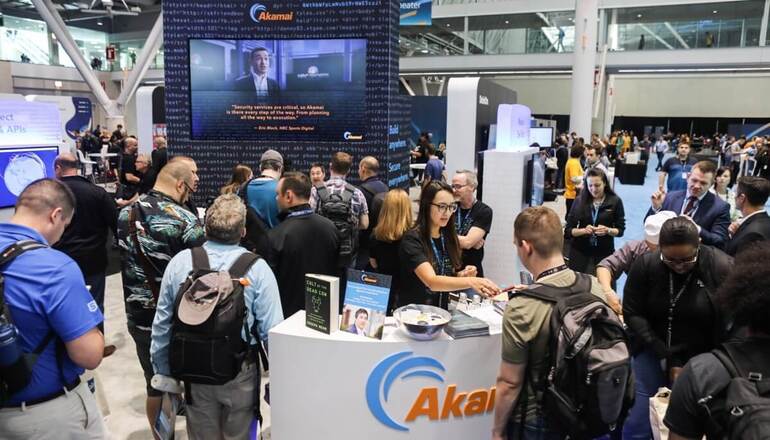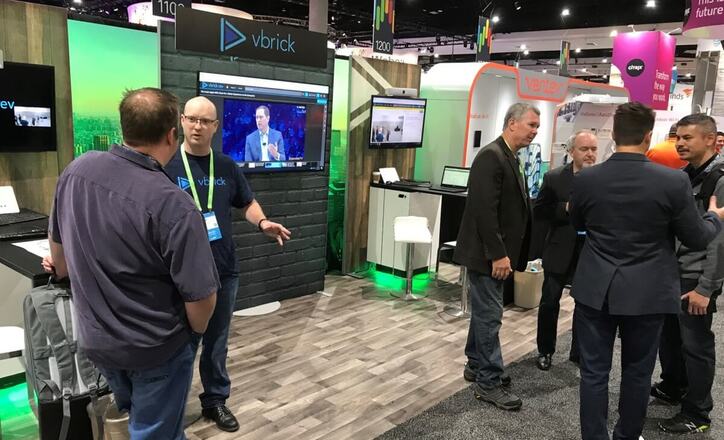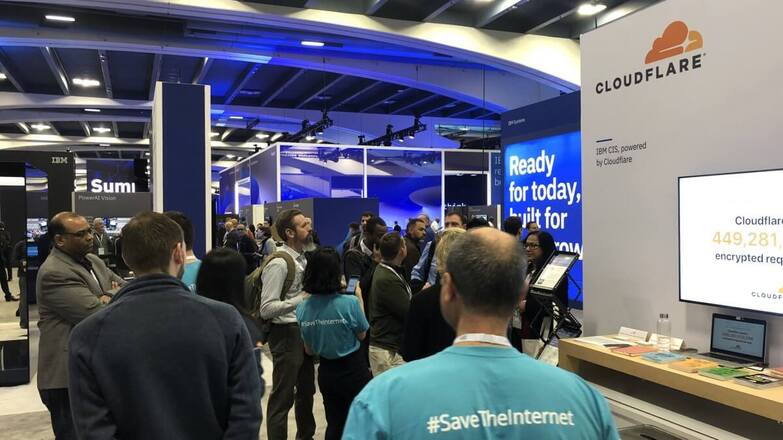
Akamai Technologies has unveiled a new media-optimized service in its cloud portfolio designed to boost the productivity and efficiency of media and entertainment companies. This service leverages the cutting-edge NVIDIA RTX 4000 Ada Generation GPU, aiming to significantly enhance the processing of video content.
The media industry would often grapple with the challenge of encoding and transcoding video content swiftly and efficiently. Akamai’s latest offering is poised to transform this critical aspect by harnessing the power of GPU-based computing. The NVIDIA RTX 4000 GPU has shown remarkable capabilities in internal benchmarks conducted by Akamai, processing frames at speeds 25 times faster than traditional CPU-based methods. This breakthrough would present a substantial improvement for streaming service providers who are looking to optimize their workload management.
Akamai’s new cloud-based solution would not only promise increased speed but also improve reliability and scalability of the architectures used by media companies. These companies can now deploy “workloads that are faster, more reliable, and portable,” benefiting from the vast reach of Akamai’s distributed cloud platform. This platform would integrate seamlessly with content delivery (CDN) and cybersecurity services, creating a robust environment for media processing.
Shawn Michels, Vice President of Cloud Products at Akamai, emphasized the critical needs of media companies for low-latency and reliable compute resources. “NVIDIA GPUs offer superior price performance when deployed on our global edge platform,” said Mr. Michels. He highlighted the synergy between NVIDIA’s technology and Akamai’s cloud services, which enables customers to design flexible, cloud-agnostic architectures. This capability could be vital for supporting multicloud strategies in today’s dynamic tech landscape.
The Newest Encoding and Decoding Hardware
The NVIDIA RTX 4000 GPU is equipped with the latest hardware for encoding and decoding, such as the eighth-generation NVENC engines. These are crucial for tasks that require high-throughput video processing like live streaming. Additionally, the GPU supports modern video codecs, including AV1, which improves video quality at lower bitrates. Beyond video processing, the GPU’s applications extend to virtual and augmented reality content, which demands real-time rendering of 3D graphics and multimedia.
While primarily tailored for the media sector, the versatility of Akamai’s GPU service would extend to various other industries. Developers and companies in fields such as generative AI and machine learning, scientific computing, data analysis, gaming, and high-performance computing can benefit from the enhanced capabilities of the NVIDIA RTX 4000 GPU. This GPU, based on the NVIDIA Ada Lovelace architecture, includes features like the Fine-Grained Structured Sparsity, which accelerates tensor matrix operations essential for AI tasks.
Furthermore, the GPU’s 20 GB of GDDR6 memory supports extensive datasets and complex models, making it a good fit for applications requiring substantial computational power. This is particularly relevant in data-intensive tasks prevalent in scientific computing and data analysis, where processing speed and efficiency are paramount.
Mr. Michels underscored the diversity of compute instances needed to support various workloads. “What we’re doing with industry-optimized GPUs is one of many steps we’re taking for our customers to increase instance diversity across the entire continuum of compute. This strategy is geared towards empowering edge-native applications and enhancing overall performance and efficiency.”
As digital content creation and processing continue to grow in complexity and scale, Akamai’s new GPU-based service would represent a significant advancement for the media and entertainment industry. It addresses the critical need for faster processing and more efficient workload management, providing a robust solution that would enhance both productivity and economic performance.
 Image Caption
Image Caption





